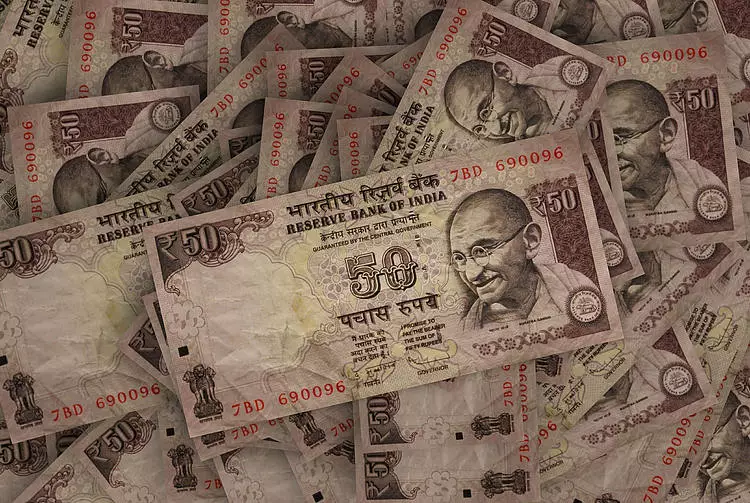The Indian Rupee (INR) is currently facing challenges as it trades in negative territory due to stronger demand for the US Dollar (USD). This demand is likely coming from importers, putting pressure on the INR. Additionally, the escalating geopolitical tensions in the Middle East and the increase in oil prices are further weighing on the Indian currency. These factors are driving investors towards safe-haven currencies like the Greenback, impacting the INR negatively. However, it is essential to note that the Reserve Bank of India (RBI) is actively intervening in the foreign exchange (FX) market to keep the INR stable, which may limit the downside of the local currency.
RBI Monetary Policy Committee Decision
The RBI is set to announce its interest rate decision on Friday, with expectations leaning towards keeping the repo rate unchanged at 6.50%. This decision is crucial for the future outlook of the Indian economy, as it will signal the central bank’s stance on monetary policy. Market participants are closely monitoring this announcement to gauge the direction of interest rates in the upcoming quarters. The RBI’s intervention in managing volatility and its efforts to maintain a relatively strong currency are key factors influencing the INR’s exchange rate.
Amidst these developments, India’s HSBC Service Purchasing Managers’ Index (PMI) rose to 61.2 in March, surpassing market expectations. This positive economic indicator could potentially provide support for the INR in the near term. However, external events such as the US Nonfarm Payrolls (NFP) data release and the warning from the CIA that Iran may retaliate against Israel within 48 hours are adding to the uncertainty in the market. These geopolitical tensions can further impact the INR’s performance against the USD.
From a technical perspective, the USD/INR pair has maintained a bullish stance in the long term, breaking above a descending trend channel that has been in place for nearly four months. In the short term, the pair is trading above the key 100-day Exponential Moving Average (EMA), with the Relative Strength Index (RSI) hovering around 65.0 in bullish territory. This suggests that support levels are likely to hold, with resistance identified at key levels such as 83.55 and 83.70. On the downside, support is seen at levels around 83.20 and 83.00-83.50, where a breach could lead to further downside towards 82.80.
The Indian Rupee is highly sensitive to external factors such as the price of crude oil, the value of the US Dollar, and foreign investment inflows. The RBI plays a crucial role in intervening in the FX markets to maintain exchange rate stability, along with setting interest rates to manage inflation. Macroeconomic factors like inflation, interest rates, GDP growth rate, trade balance, and foreign investment inflows all play a significant role in determining the value of the Rupee. Higher growth rates, positive trade balances, and inflows of foreign investment can strengthen the Rupee, while factors like inflation and geopolitical tensions can have a negative impact on the currency.
The Indian Rupee’s performance is influenced by a complex interplay of domestic and international factors. While the current challenges facing the INR are evident, the central bank’s interventions and economic indicators will play a crucial role in shaping the currency’s future trajectory. Investors and market participants will need to closely monitor developments in the global economy and geopolitical landscape to assess the INR’s outlook accurately.

